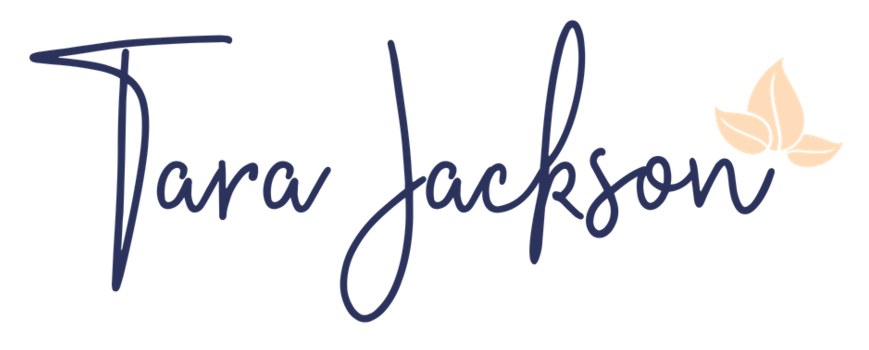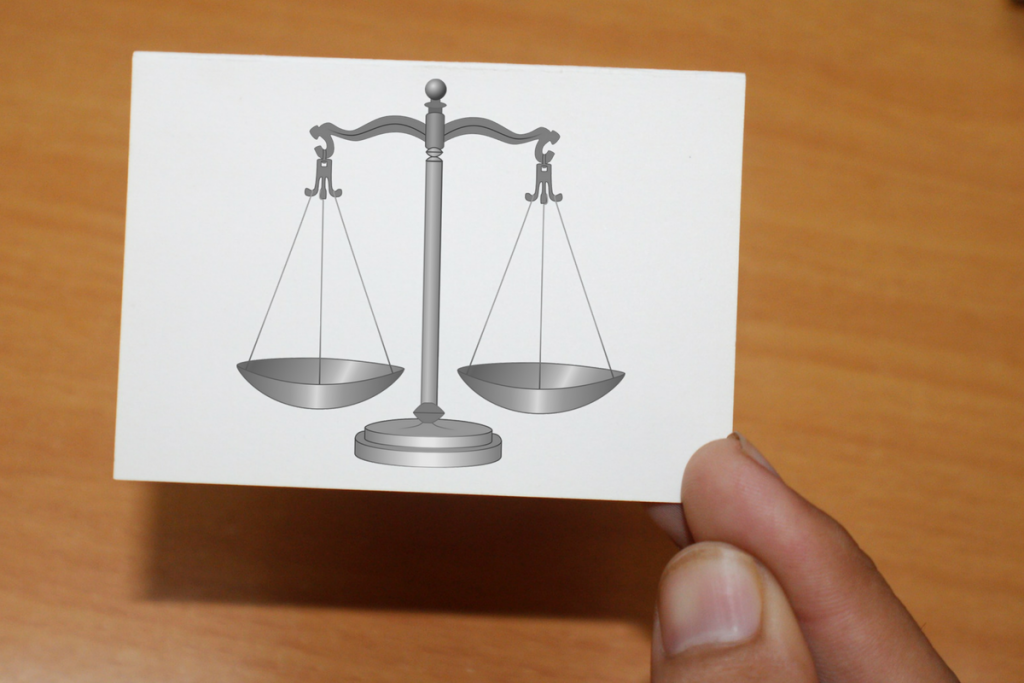Habits are make or break. Our habits make our day, make our progress, make our success. Or they break us down, undo our progress, and undermine our success. Establishing effective habits that support positive progress is essential to ensure your are heading in the direction that you want to go. But what impacts our habits? Enter the pain and pleasure principle.
What is the pain and pleasure principle?
The pain and pleasure principle, most commonly attributed to Sigmund Freud, outlines a) that we are motivated by both avoiding pain (in all its forms) and gaining pleasure, and b) that both pain and pleasure motivate us whether we like it or not.
Some forms of pain:
- Physical pain – including exertion
- Mental pain – effort, focus, mental strain
- Emotional pain
- Social anxiety
- Outside comfort zone
- The level of challenge faced
- The cost of acting, or not acting (money, time, social standing etc)
Some forms of pleasure:
- Positive gains – physical, material, monetary, time
- Comfort and familiarity
- Satisfaction
- Progress
- Physical pleasure
- Emotional stability
- Elevated social standing
Understanding what motivates us can help us establish more effective habits that lead us in the direction we want to go. The pain and pleasure principle will impact your habits whether you like it or not. Here are 6 things you need to know to use the pain and pleasure principle to establish effective habits that set you up for success.
1. Pain and pleasure motivate every decision
When we break it down, every decision that we make is motivated by avoiding pain or gaining pleasure. Think about it – why do you brush your teeth? What makes you drink your cup of coffee? Why do you go to the gym? If you break down any of these habits, you will find a decision motivated by attaining pleasure and/or avoiding pain.
2. You will do more to avoid pain than you will to attain pleasure
Whilst we are motivated by both pain and pleasure, avoiding immediate pain is a far stronger motivator than gaining immediate pleasure. If we have the choice between escaping from an enraged lion or grabbing a suitcase full of money, we are most likely going to be motivated by avoiding the considerable pain of being mauled by an enraged lion.
3. Your perception is key
The motivating factor is how you perceive pain and pleasure, rather than the actual pain and pleasure. Confused? Think about it. It is impossible to know for certain how anything is going to eventuate. So it is impossible to be motivated by the actual pain or pleasure that may eventuate. Instead, you anticipate that pain that may eventuate from acting (or not acting), and the pleasure that may be gained.
4. Short term is more compelling than long term
The closer something is in our time frame, the more pain or pleasure we associate with it. Therefore, potential pain in a months’ time is not as powerful a motivator as potential pain today. Every decision results in either short or long term pain, and/or short or long term pleasure. In terms of motivation, short term will always be a stronger driving force than long term unless there are significant levels of pain or pleasure associated with the long term.
A prime example of this in action is the difficulty so many of us have in saving for a far off distant goal when an opportunity to spend that money on something shiny and compelling is right in front of us.
5. Emotions will outweigh logic
When making a decision the perceived pain and pleasure will be influenced by emotions. How often have you acted on an irrational fear, even whilst knowing it was irrational? Right there is a decision made to avoid pain that was influenced (accentuated) by emotion. How often have you eaten more ice-cream out of the tub than you should have? Chances are you knew logically that your overflowing bowl was not a wise decision. But, emotionally you wanted that ice-cream. No, needed that ice-cream! Emotions outweighed logic.
Furthermore, this builds on the time frame factor, because the sooner something is going to happen, the more likely it is to have an emotional pull.
6. Survival mode will shut the party down!
We know pain trumps pleasure, but survival mode trumps all! When our survival mode is triggered, everything else is overridden. Any other motivator we have, any other desire we have, gone. Now, there is an obvious link between avoiding pain and survival mode – think fleeing from danger, fighting for our lives – but survival mode will not always be trigger by pain avoidance. Pleasure can be equally likely to trigger survival mode.
For example, sugar cravings. Imagine for a moment that you have a serious craving (not just “oh, a cookie would be kind of delicious right now” but “a cookie is the only thing in this world that can sustain me right now. I can feel my life force fading, and that cookie is my last remaining hope”) Now, if you catch it early, you might be able to logic your way out of scoffing that cookie down by focusing on the future pain (calories, weight gain, ruined appetite, difficulty sleeping due to late night cookie consumption, embarrassment of being caught in the pantry with crumbs all down your shirt), but we are hardwired to survive, and a real craving will trigger a survival response. Your brain will now associate eating that cookie as the key between life and death.
Application
Think about the last time that you made big and lasting change. Was it motivated by pain or pleasure? Think about a time where you struggled to establish a habit. What was the challenge rooted in pain or pleasure? The key to establishing effective habits is to understand these motivators, and the strength of the pull that they have. When we understand this, we can make the adjustments necessary to support the habits.
Imagine for a moment that you want to establish a new gym habit. For many, starting at the gym involves high short term pain (such as finding additional time/money, physical exertion etc.) and low short term pleasure. Any pain will naturally outweigh any short term pleasure unless the anticipated pleasure is extremely strong and/or has an emotional component. The long term pleasure is high (fitter, healthier, more energy etc), and long term pain is low. So unless we have an extremely compelling short or long term pleasure and/or there is an emotional component attached to the pleasure, then it can be difficult to establish.
So, how can we use the pain and pleasure principle to support establishing this habit?
We can:
- Minimize the short term pain of taking action (e.g. increasing in very small amounts, find an affordable gym, choose the easiest time of day/week for you to go etc)
- Maximize the short term pleasure of taking action (e.g. go with a friend, take a class that you enjoy)
- Minimize the short term pleasure of not taking action (e.g. make it more difficult to do the things that you might do instead of going to the gym)
- Maximize the long term pain of not taking action (e.g. get clear on the consequences, make it a strong focus – this will help it become more compelling in the short term and increase the emotional tie)
- Make adjustments in the short term to make taking action more compelling (remember, the short term typically has more influence than the long term)
- Shift the focus onto the short and long term pleasure of taking action (remember it is not the actual pain or pleasure that has the influence, but the perceived pain or pleasure)
Pain and pleasure motivate you and influence your habits and success whether you like it or not. Understanding the pain and pleasure principle, and making conscious decisions allows you to take control, rather than allow it to control you.
Everyone has specific things that work for them. How can you use these key points to influence and motivate yourself to establish the habits that support your progress? Share in the comments below.




